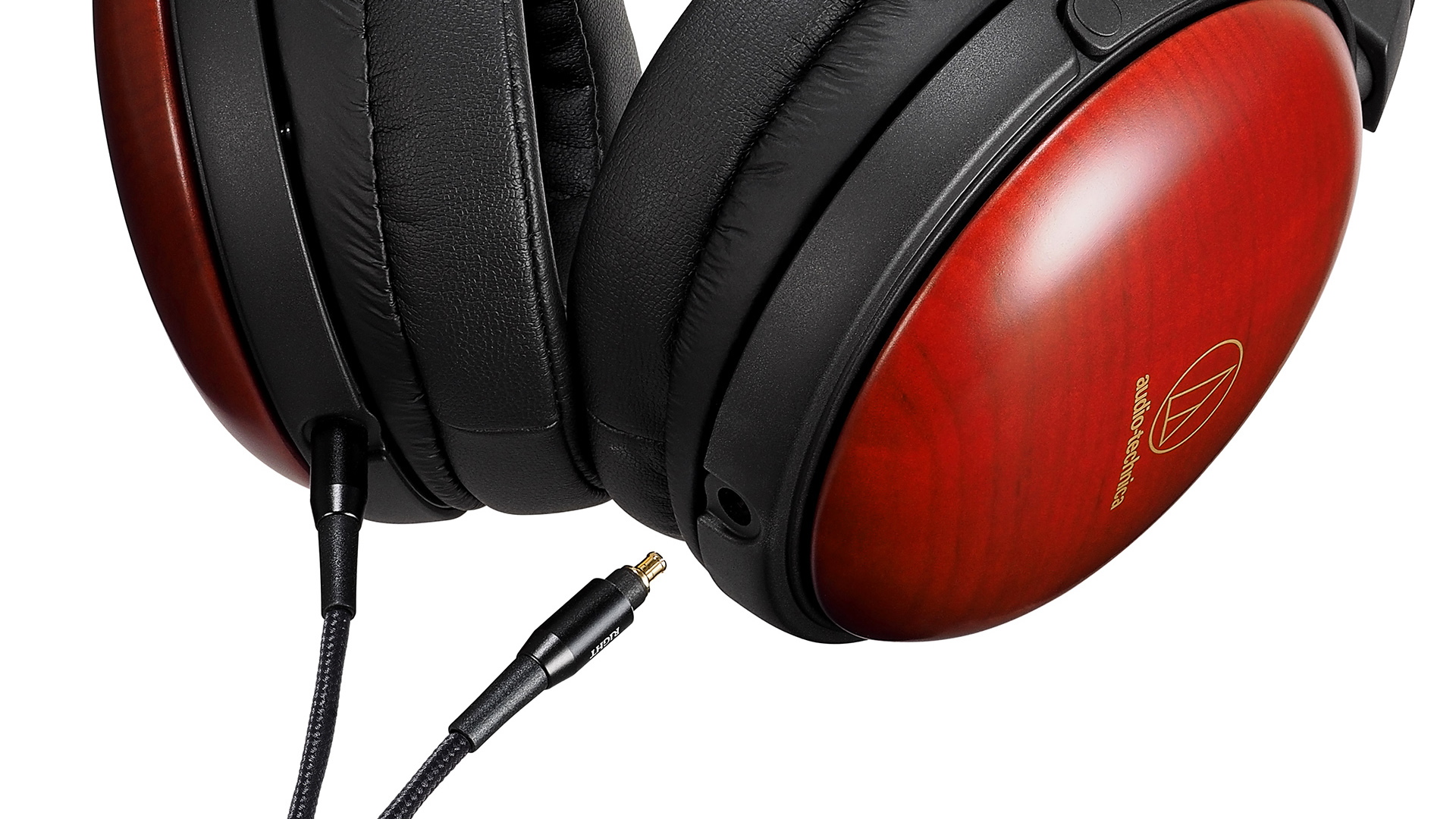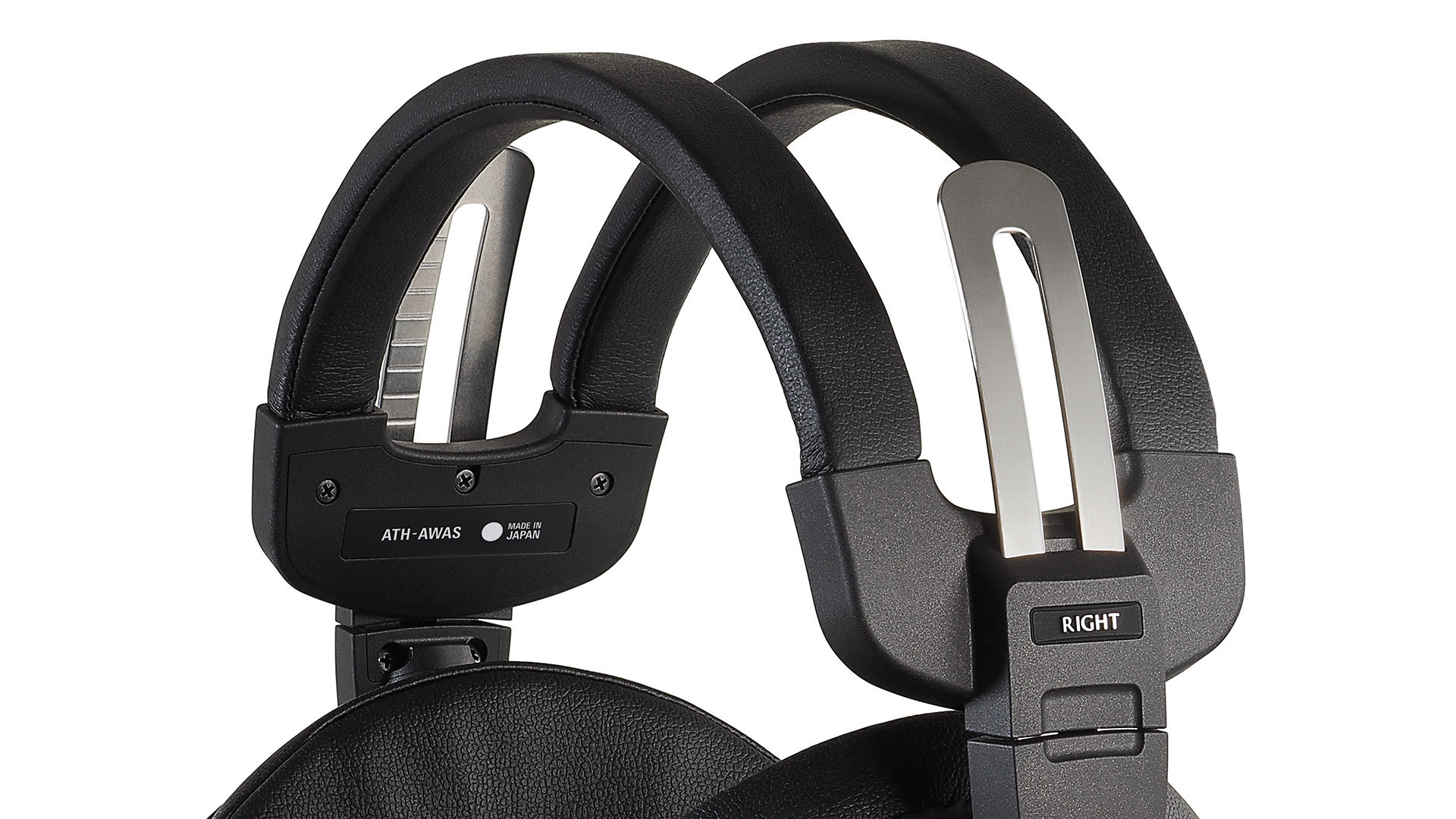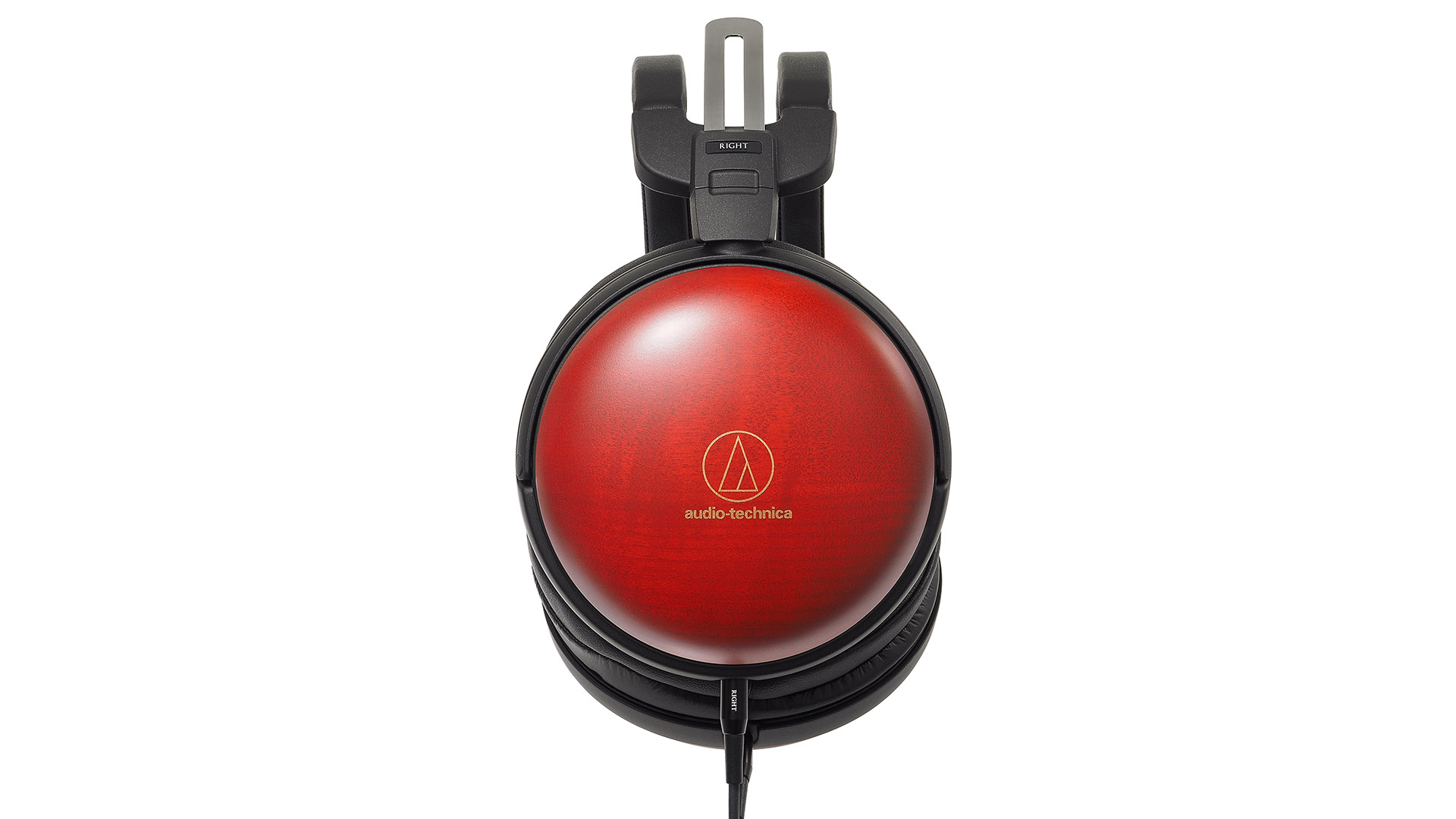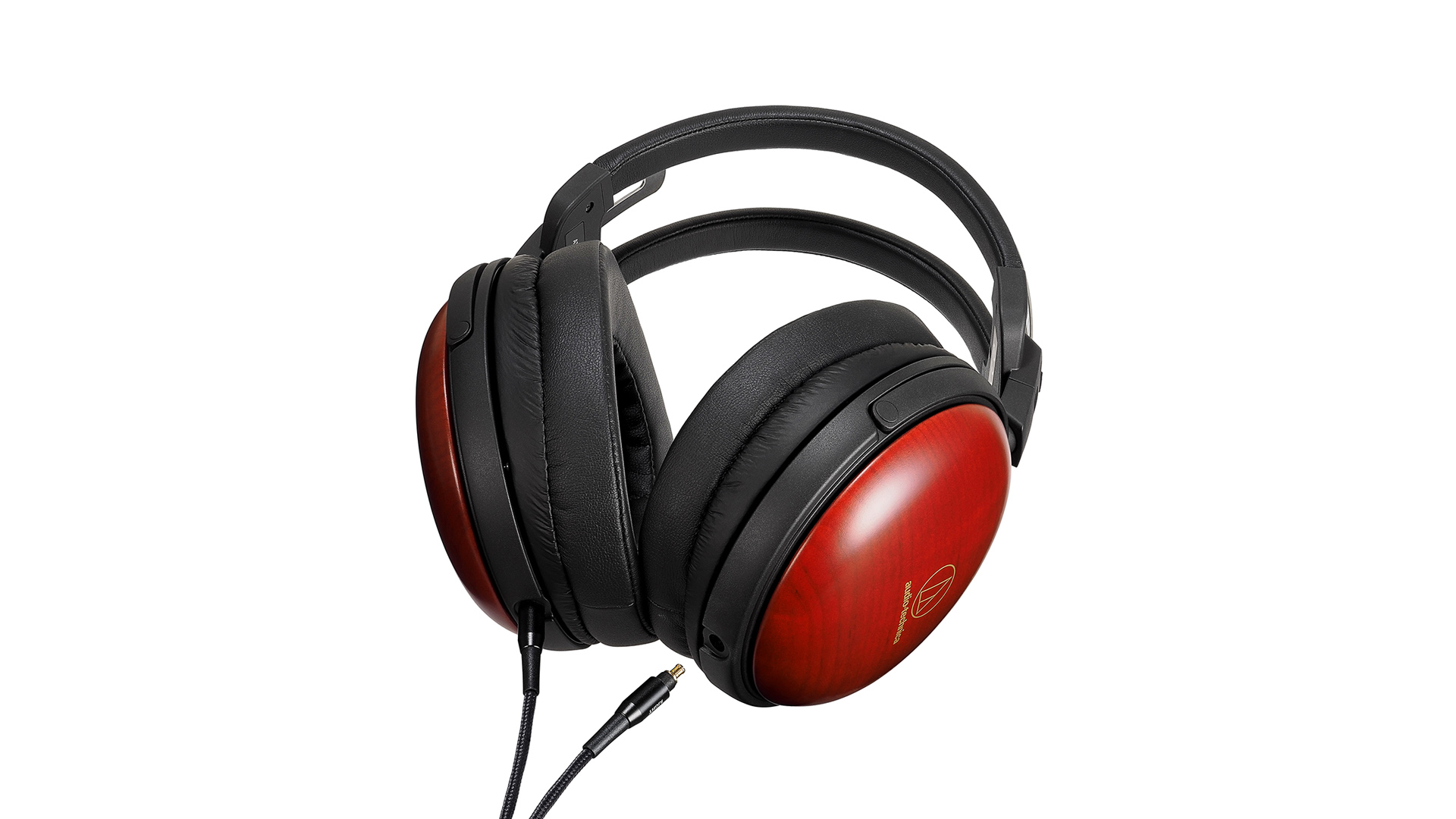What Hi-Fi? Verdict
While they could be more fun, these Audio-Technicas remains impressively capable performers for the money
Pros
- +
Impressive clarity
- +
Spacious and agile presentation
- +
Fine build and comfort
Cons
- -
Prioritise analysis over enjoyment
Why you can trust What Hi-Fi?
You’ve got to admire Audio-Technica’s consistency. The company has been making its range of premium wooden-cased headphones since the mid-90s, and we’ve yet to hear a bad one. We’re happy to report that the new ATH-AWAS Zakuras maintain that fine tradition.
Over the years, the company has used a variety of different woods for the earpiece casings. The one used here is called Asada Zakura in Japan (and Ostrya Japonica elsewhere) and is part of the birch family. As with a speaker cabinet, the rigidity and resonance behavior of the headphone’s enclosure material has a great deal of impact on the final sound.
Comfort

Beyond the mechanical considerations, each type of wood has a distinctive aesthetic, giving the headphones quite an individual appearance. The ATH-AWAS look classy to our eyes and are finished with the polished attention to detail we’ve come to expect from Audio-Technica. They feel solid and well engineered without overdoing the bling.
Build quality is as good as the price demands, with soft synthetic leather covering both the well-shaped headband and generously proportioned ear pads. The latter are large enough to fit around most ears and provide a good enough seal to cut out a chunk of environmental noise.
These are comfortable headphones. Their 395g weight is nicely spread and so doesn’t intrude on longer listens. The clamping pressure is just enough to prevent them from moving around during use.
While the ATH-AWASes are sensitive enough to work with phones and tablets, we wouldn’t recommend it. We don’t think you’ll hear what they are capable of, even with a quality outboard DAC such as Audioquest’s DragonFly Cobalt in tow. These Audio-Technicas really need a dedicated premium hi-fi quality feed to shine.
Build

The company doesn’t give away much about the technical aspects of these cans apart from that there’s a single 53mm drive unit per side and the internal volume of those wooden earcups is split into two chambers in a bid to improve bass performance. We also know that the drive unit’s diaphragm is coated with a material called ‘DLC’ (Diamond Like Carbon) to manage resonances and help control behavior at higher frequencies.
These headphones are supplied with two detachable 3m leads – one with a standard 6.3mm jack and the other with a four-pin XLR balanced connector, should your headphone amplifier be suitably equipped.
The ATH-AWAS are intended for use at home – they’re big, don’t fold and have an easily damaged finish – but it would still be nice if the leads didn’t transmit so much mechanical noise into the earcups every time we brush against them.
Sound

Our sample is a well-used demo pair, so doesn't need long to settle sonically. Once is does, we’re pleased with the results. Closed-back designs give a degree of isolation from your surroundings, which is useful. You’re less likely to annoy people around you and, equally, any noise they make will have less impact on what you hear.
While all closed headphones manage this, it’s far more unusual to get such a spacious and open sound. These Audio-Technicas have a large-scale presentation; one that allows the music to breathe.
Listen to Laurie Anderson’s Homeland set and there’s no denying the ATH-AWAS’s detail resolution or clarity. They’re responsive, refined and impressively clean sounding. Distortion levels seem very low. Anderson’s voice comes through with convincing texture and attitude intact, with subtle nuances in her voice communicating humour and sarcasm well.
It’s all underpinned by an impressive bass performance that combines extension and punch with a pleasing amount of agility. Perhaps most laudable is the way that Audio-Technica has decided to tune these headphones to have a balanced amount of bass rather than the fashionable over-bearing dollops many rivals currently favour.
Things are almost as pleasing at the other end of the spectrum. High frequencies have plenty of bite and insight, and are decently refined, at least to the extent that things don’t turn nasty if you feed the headphones an aggressive or bright signal.
If you value analysis there’s so much to admire here. The ATH-AWASes dig up lots of detail and separate instrumental strands so well that tracking individual instruments in a busy recording is a breeze.
This approach to music replay works really well with Kind Of Blue by Miles Davis or smaller–scale classical works such as Debussy’s Clair De Lune. Here the Audio-Technicas feel like they’re giving us everything we want in the recording.
They’re less successful with dense rock and hip-hop where their obsession for analysis tends to pull the music apart, affecting its dynamic punch and rhythmic drive. The result is a slight loss of drama and excitement.
Switching to the cheaper Beyerdynamic T1 Gen 2s proves illuminating. They highlight the Audio-Technica’s weaknesses by producing the full dose of emotional punch in the music, but also reinforce our positive impressions by sounding a little grungier and less precise in the way they render notes. As ever, it comes down to your priorities.
Verdict
The ATH-AWASes remain a strong option, particularly if detail resolution and outright clarity are paramount. For many, their closed-back design is a real plus that gives the headphones a certain amount of sonic leeway against open-backed alternatives. But, while accepting that, it doesn’t stop us wishing that they were a bit more entertaining.
SCORES
- Sound 4
- Comfort 4
- Build 5
MORE:
Read our Beyerdynamic T1 Generation 2 review
What Hi-Fi?, founded in 1976, is the world's leading independent guide to buying and owning hi-fi and home entertainment products. Our comprehensive tests help you buy the very best for your money, with our advice sections giving you step-by-step information on how to get even more from your music and movies. Everything is tested by our dedicated team of in-house reviewers in our custom-built test rooms in London, Reading and Bath. Our coveted five-star rating and Awards are recognised all over the world as the ultimate seal of approval, so you can buy with absolute confidence.


